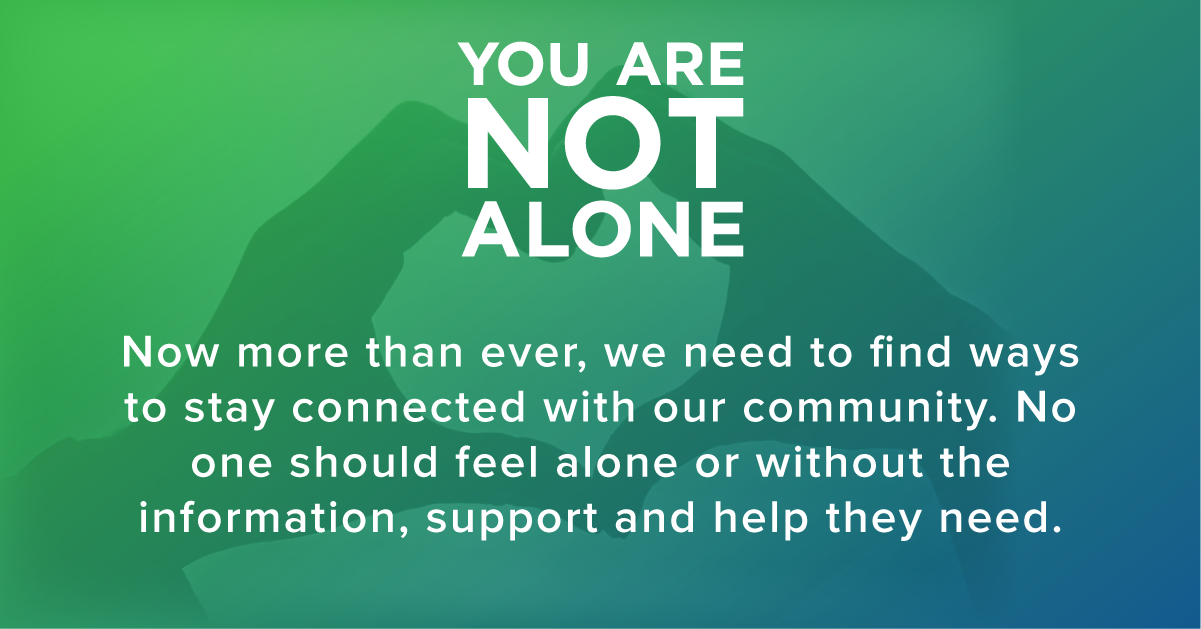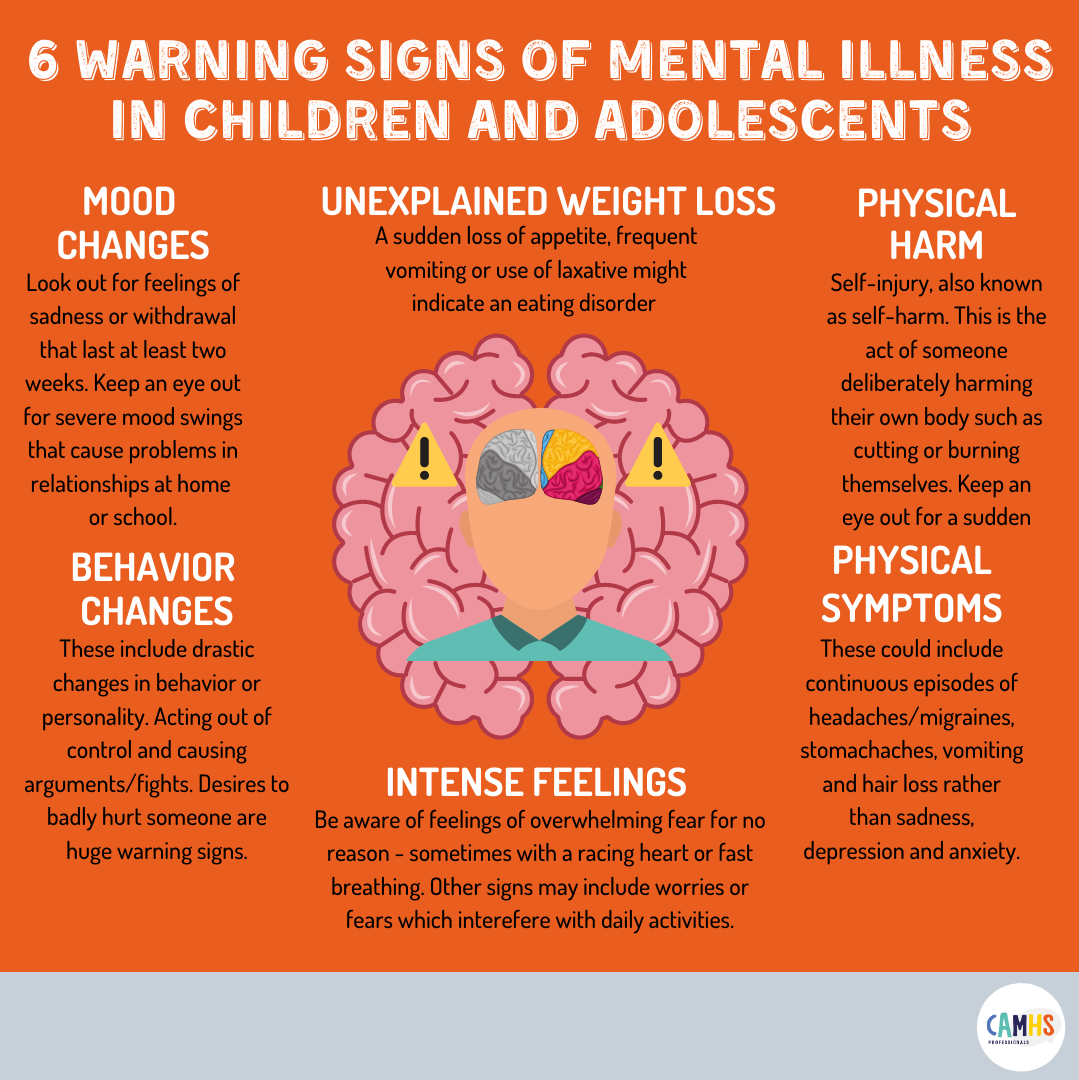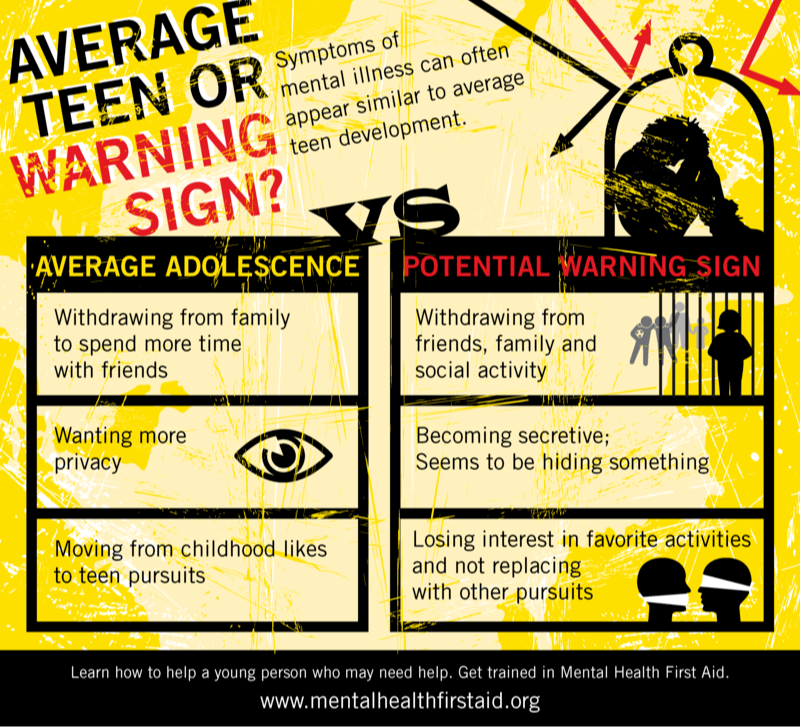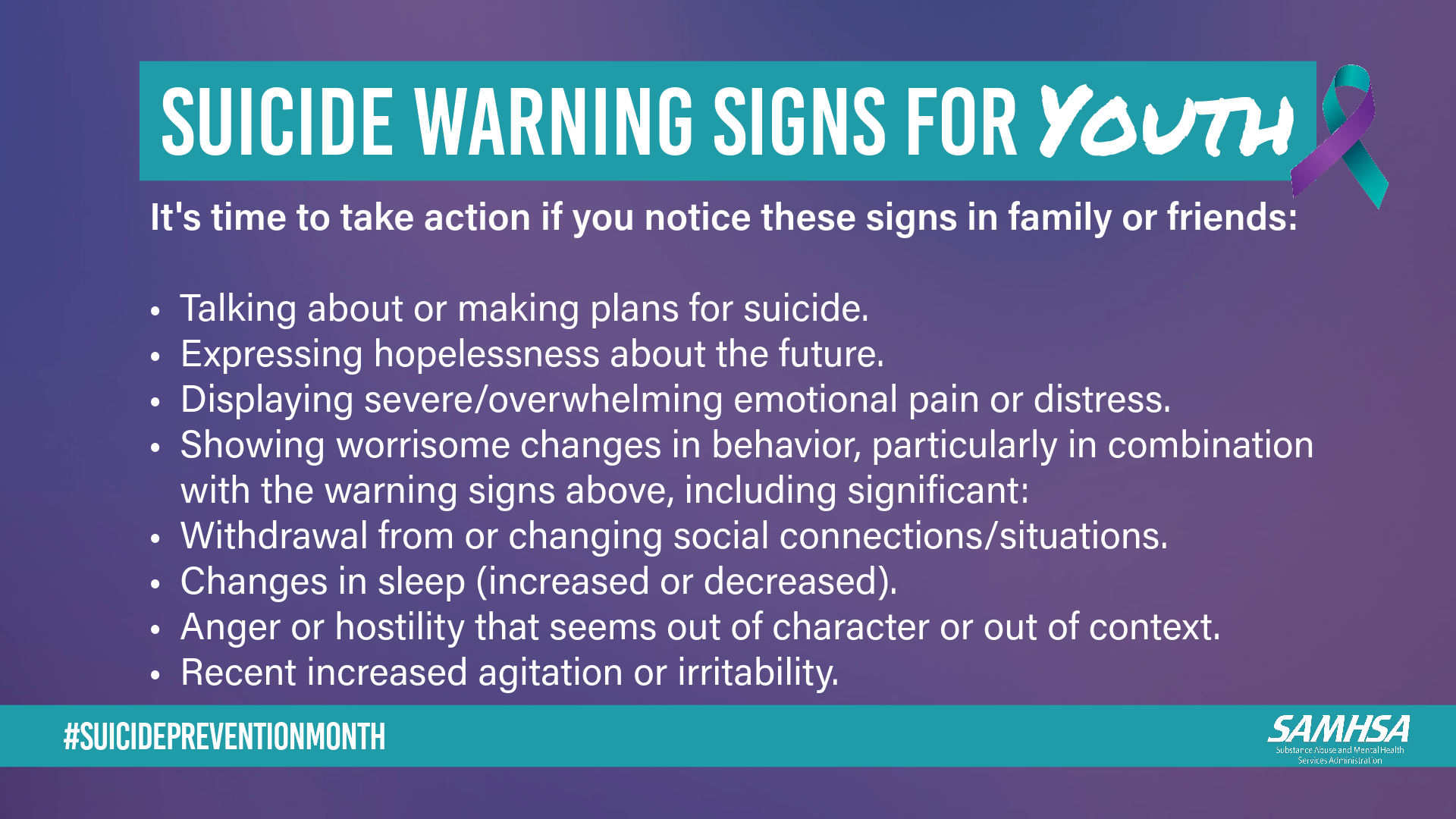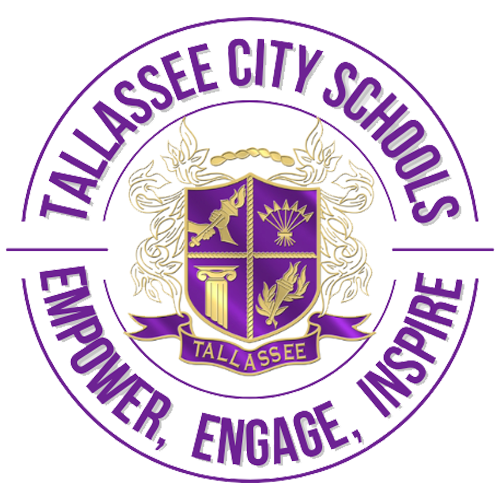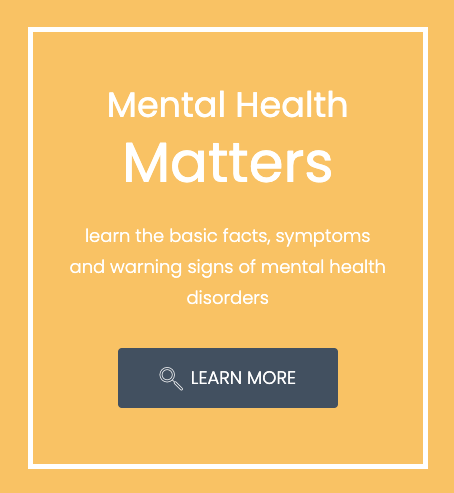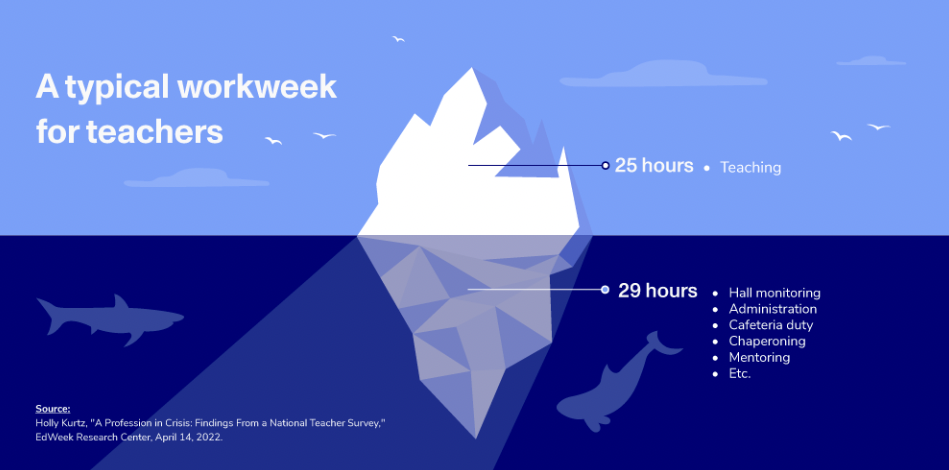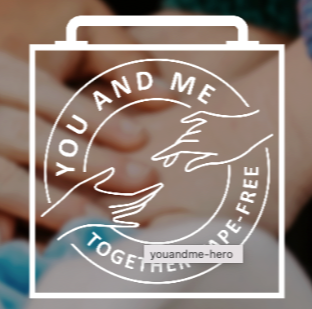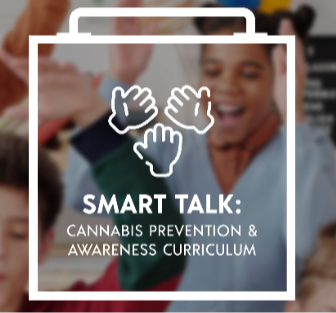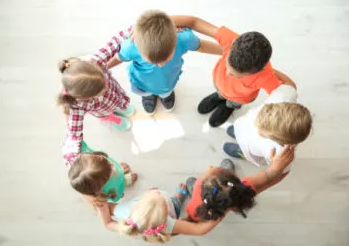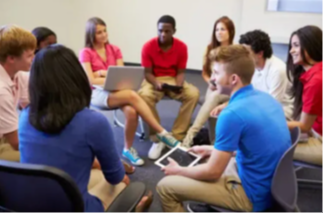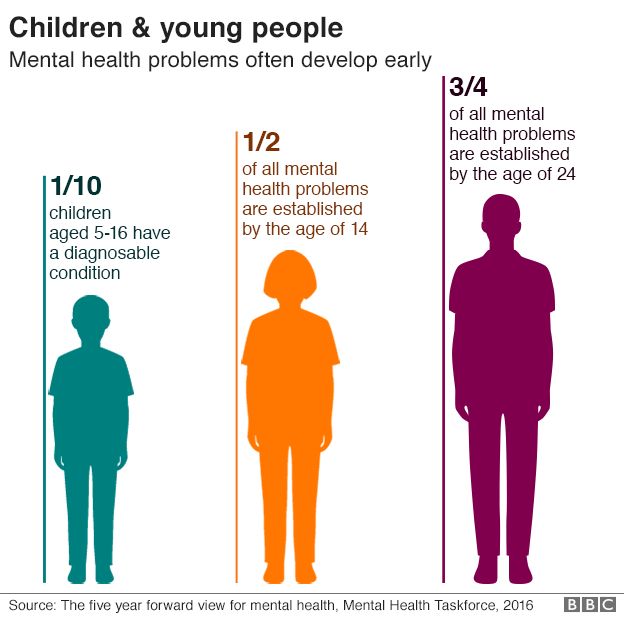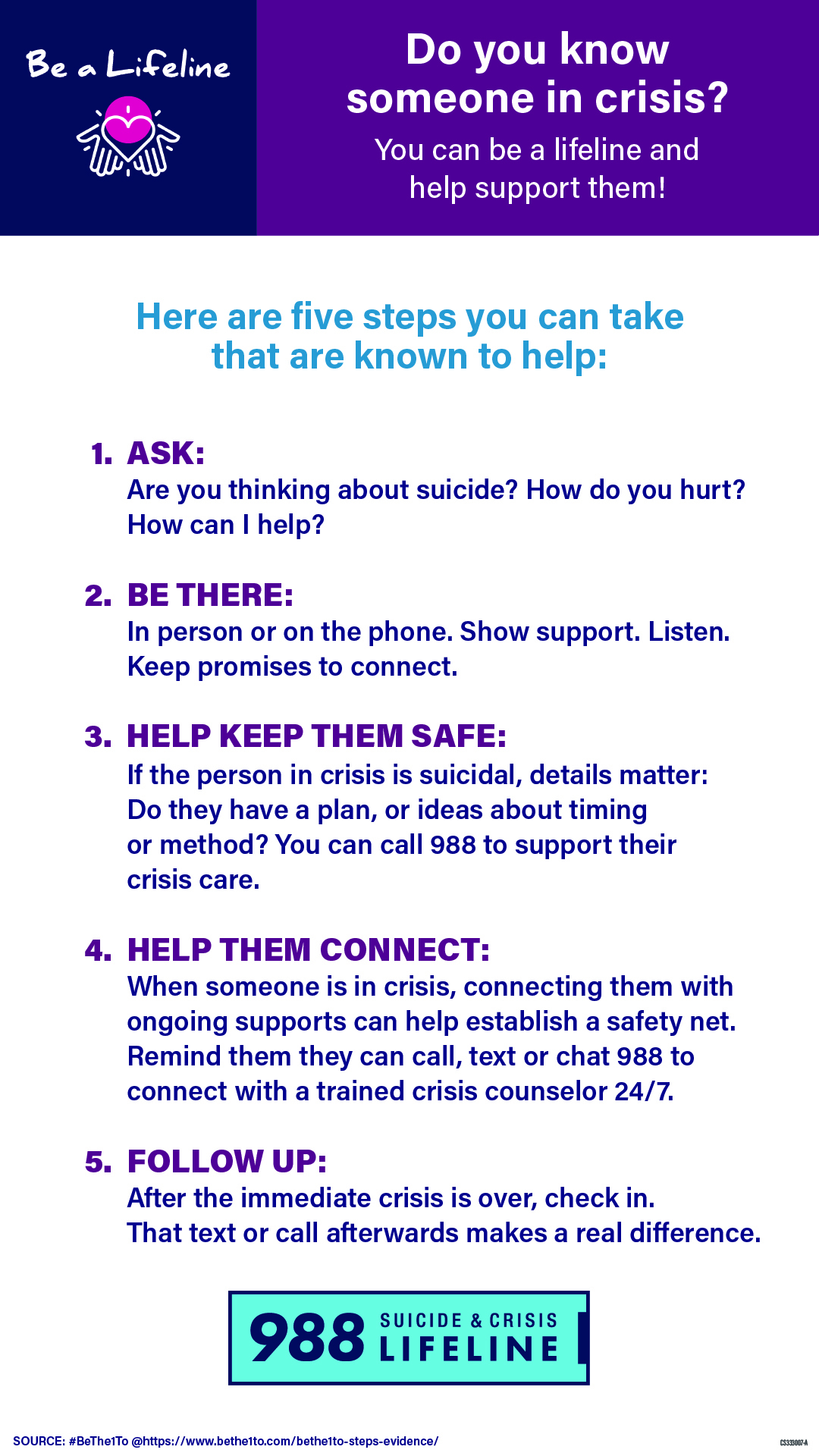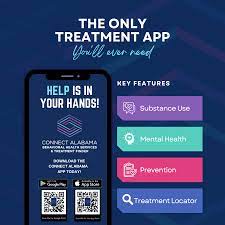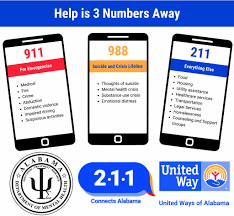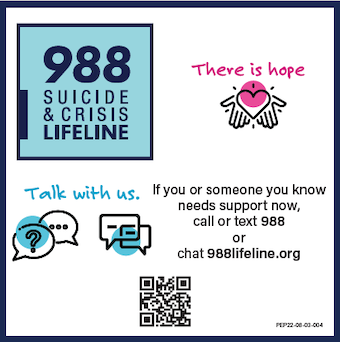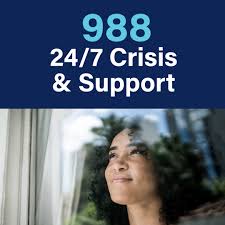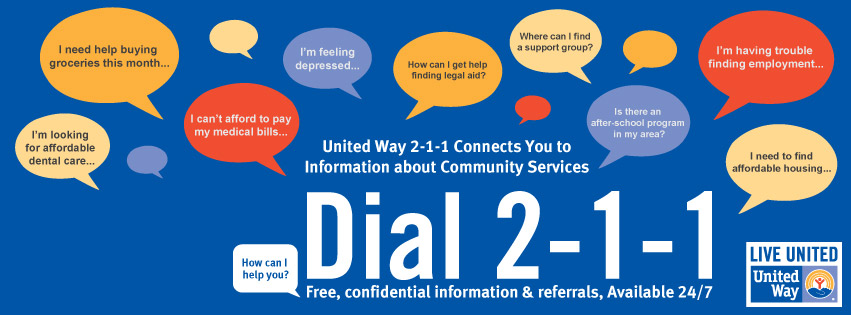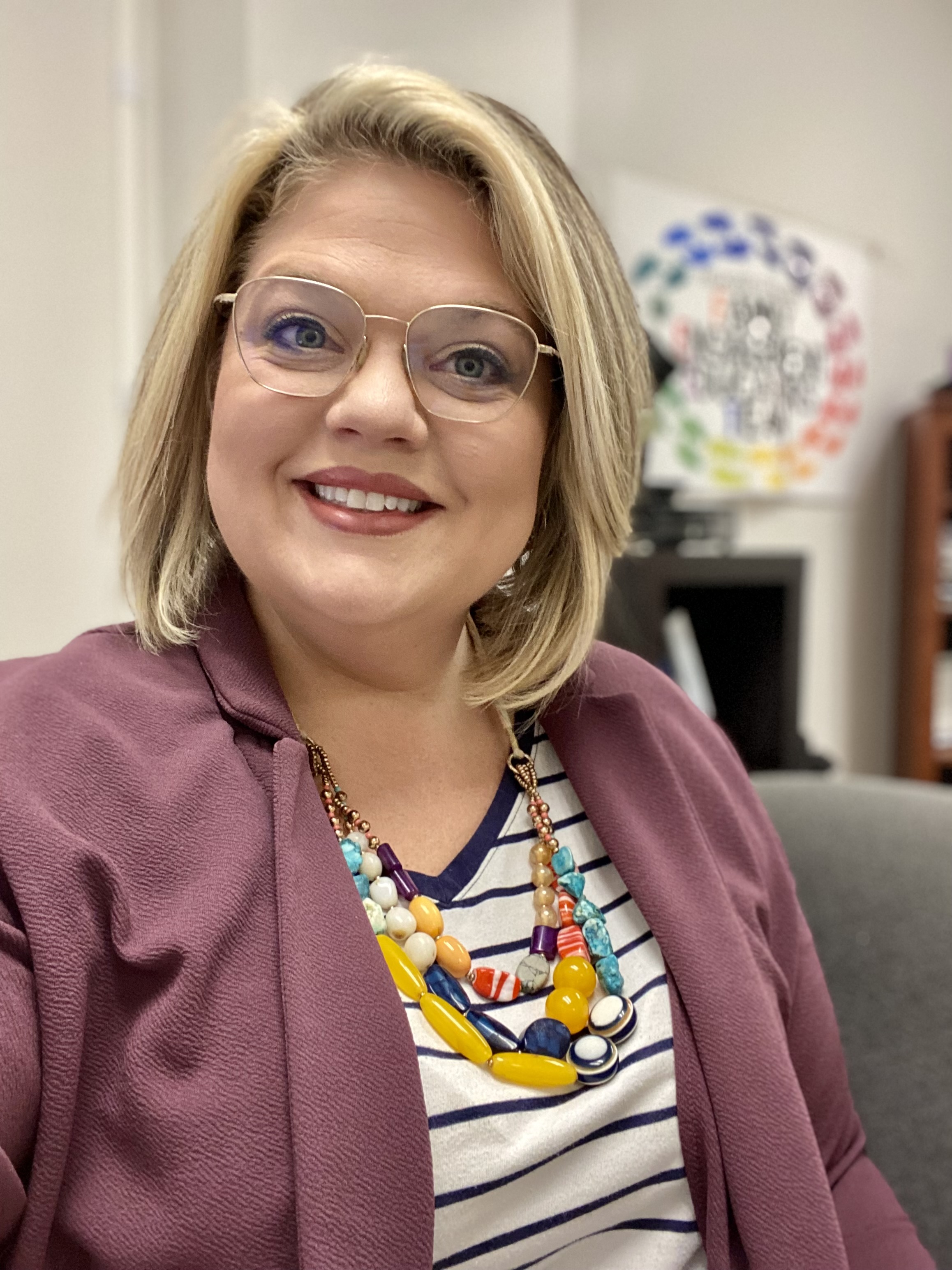
CURRENT TCS EVENTS
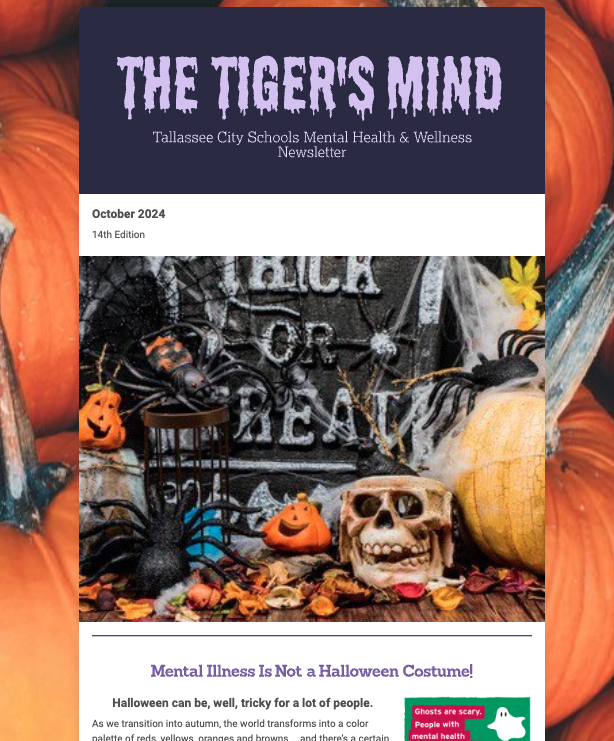
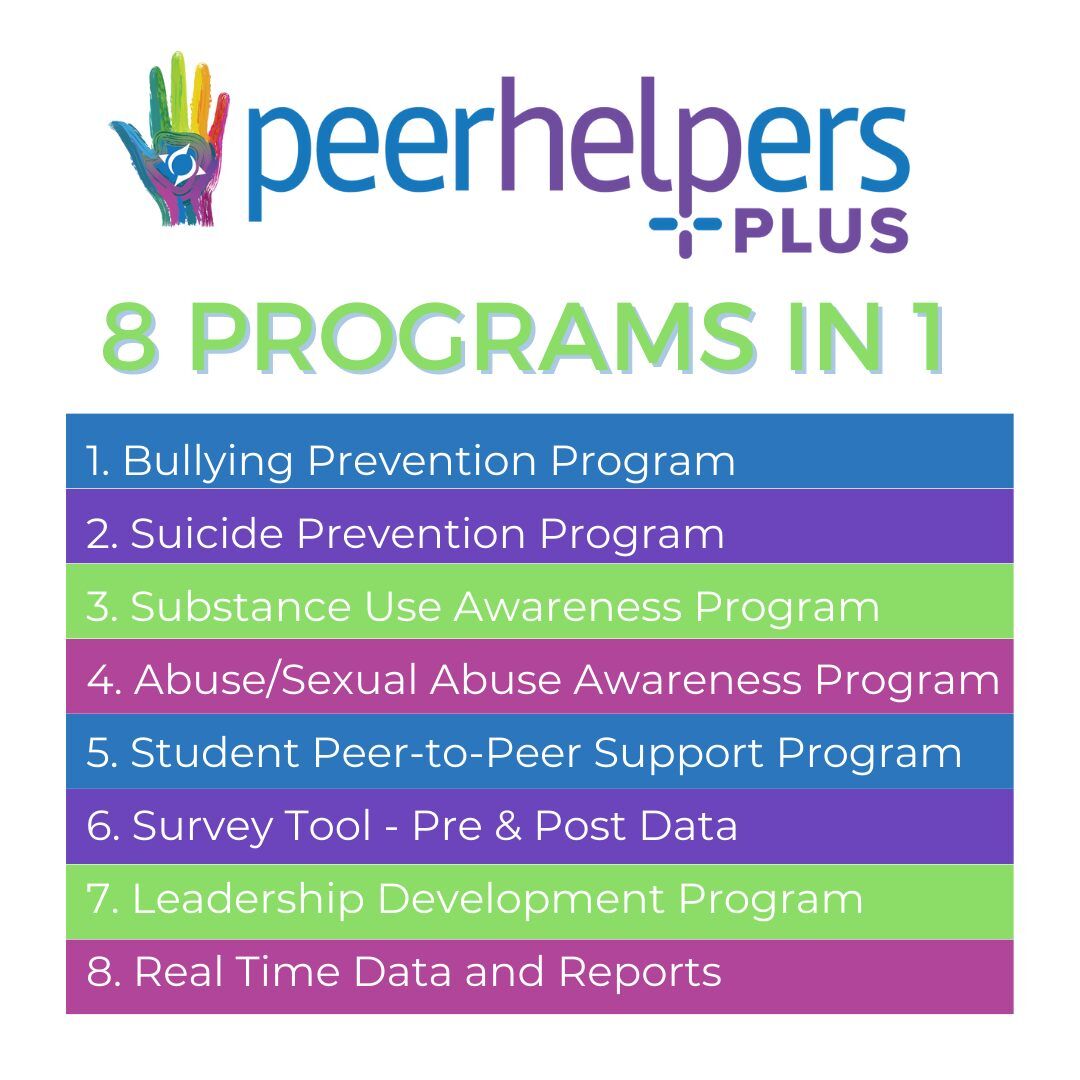
Why mental health in school?
Mentally healthy students are more likely to go to school ready to learn, actively engage in school activities, have supportive and caring connections with adults and young people, use appropriate problem-solving skills, have non aggressive behaviors, and add to positive school culture.
Studies have shown the value of developing comprehensive school mental health programs in helping students achieve academically and have access to experiences that build social skills, leadership, self-awareness, and caring connections to adults in their school and community. (1)
Schools that also choose to collaborate with community partners like TCS has, have found that they can enhance the academic success of individual students.(2) These partnerships have found to significantly improve schoolwide truancy (3) and discipline rates, increase the rates of high school graduation, and help create a positive school environment in which a student can learn and be successful in school and in the community.(4)
Durlak, et al, 2011.
CASEL, 2011.
Yeide, Kobrin, 2009.
National Council for Community Behavioral Health, 2011.
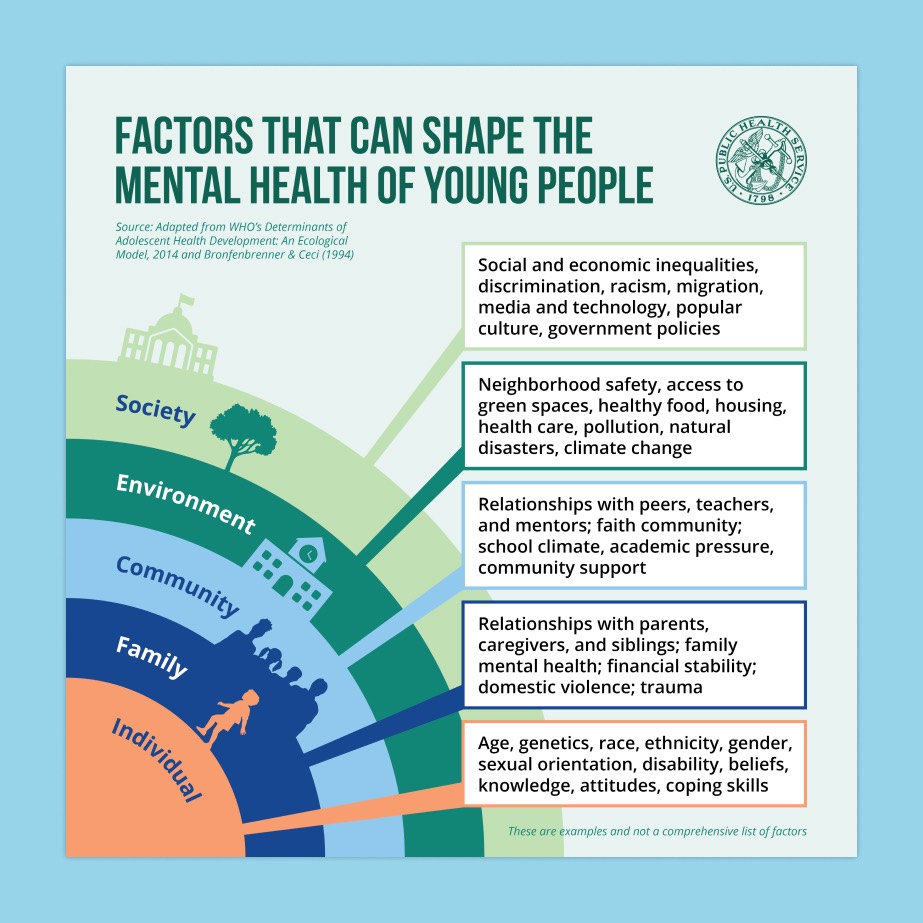
5 Myths About School Mental Health
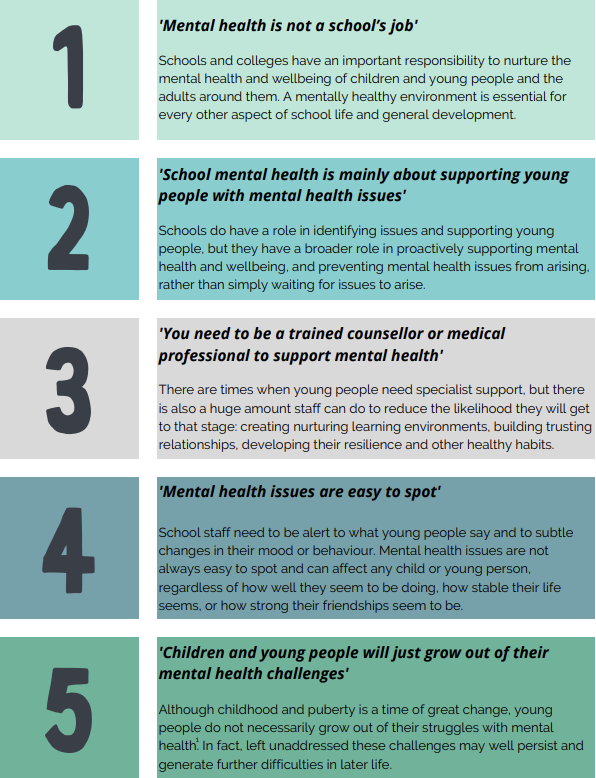
The Tiger's Mind: Mental Wellness Newsletter
Tallassee City School District created this monthly newsletter to feature various topics and resources to help maintain social emotional competencies and overall mental wellness for our students, families, teachers, and staff.
Look for the next edition available by the 15th of each month August-May!
Previous Editions
2024-2025
2023-2024
2022-2024
Mental Health, and Mental Illness, and Mental Wellness. Oh, my!
Mental health, mental Illness, and mental wellness.
These terms all sound similar and vaguely familiar, but upon closer inspection, do we really know what these terms mean?
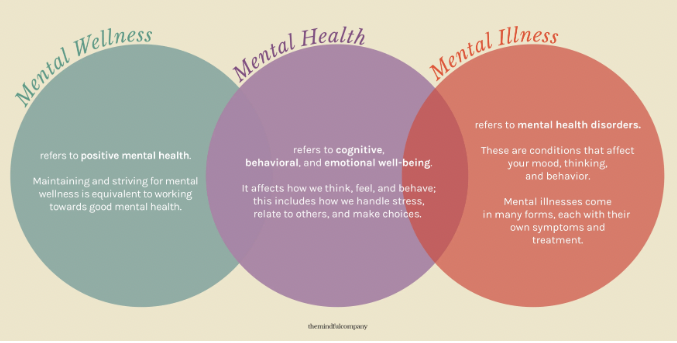
With those definitions out of the way, the second thought that comes to mind is the relationships between these three entities. It’s often that we think of mental health and mental illnesses to be positively correlated, for them to be directly related to the other.
But that’s not true; while these three entities occasionally influence one or the other, they should be viewed as separate. Having poor mental health does not equate to having a mental illness, just as good mental health does not equate to not having a mental illness.
It's easier understood like this:
Meet Bruce. Bruce is stressed and overwhelmed because the huge work project he’s been working on isn’t going the way it’s supposed to. He is tempted to give it all up and finds no hope in doing anything at all to fix things. When his friends approach him, Bruce refuses help and actively avoids all social interaction. At this point in time, Bruce’s mental health is poor, but he does not have a mental illness.
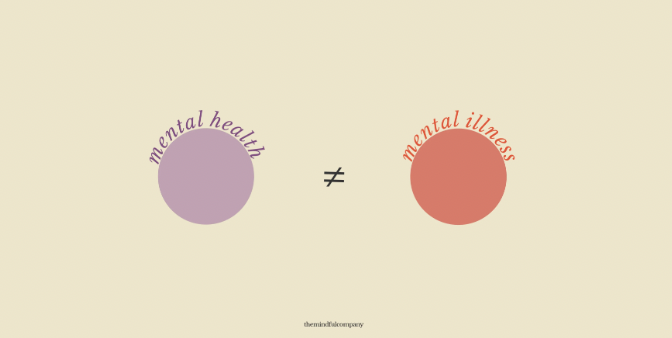
Now, meet Luna. Luna was diagnosed with an eating disorder, a mental illness. With recovery in mind, Luna does her best to cope with the changes she has to make and she doesn’t ignore the need to get better. At this point in time, Luna’s mental health is good. Mental health is a state of well-being that affects how we react to the experiences us – some days could be better than others, and that is perfectly normal.
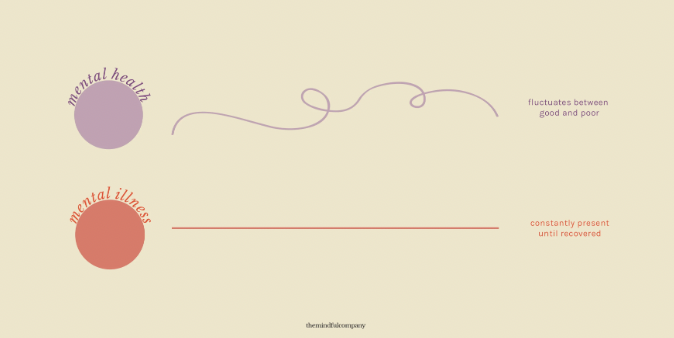
“Health isn’t like an on/off switch. There are different degrees of health. [...] Many people fall somewhere in the middle—they’re generally in good health, though the occasional problem may come up. Mental health is the same way.” (CMHA)
That being said, the distinction between mental health as a state and mental illness as a condition is now apparent. As one would treat a migraine with care, a dip in the state of our mental health should also warrant the same concern.
(TheMindfulCompany.com)
Virtual Mental Wellness Rooms
The Virtual Wellness Room is a place for students, families, faculty, and staff to find strategies for managing emotions and feelings in positive ways while building resilience.
Sometimes, life gets challenging and overwhelming. We can feel stressed with life’s events, both big and small.
The Virtual Wellness room provides resources and tools to help you find new ways to manage life, explore new problem solving opportunities and develop coping skills. Enjoy and take some time for yourself.
Disclaimer: The following links are purely for educational purposes and are not intended as a substitute for mental health or psychological treatment. If you are in need of psychological help you should seek the consultation of a licensed mental health professional. Please contact your school counselor for further assistance.
Tallassee Elementary School
Southside Middle School
Tallassee High School
Faculty & Staff
Learn More
For Educators
Every kid needs a champion | Rita Pierson | TED
FREE Classroom Resources
Stanford REACH Lab
VAPE-FREE curriculum
Ever-Fi
Elementary School Teachers
8 Examples of Compassion Activities for Elementary Students
Introduce your elementary school students to social-emotional learning concepts (SEL) with these eight examples of compassion activities for kids.
Middle School Teachers
Let’s Get Real with Middle School Class Culture: 7 Activities to Foster Positive Decision Making
Give your students the opportunity to practice their decision-making skills in different situations that surround digital safety, bullying prevention, and character culture with these seven activities.
High School Teachers
6 Mental Health Activities for Students to Embed Mental Wellness into Classroom Culture for High School
Here are six mental health activities for students you can implement to generate stronger mental health awareness in your high school and middle school classrooms.
PARENTS/GUARDIANS
